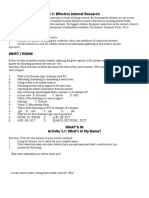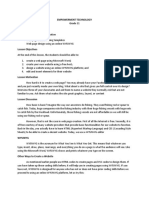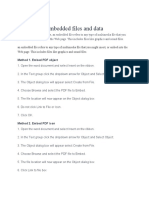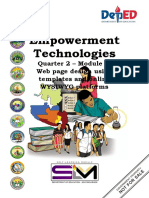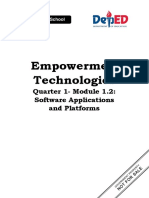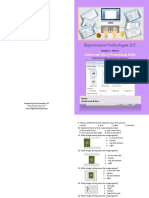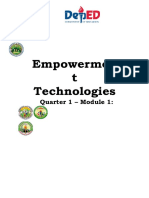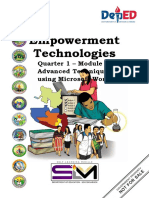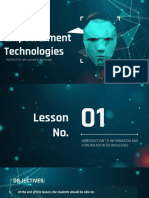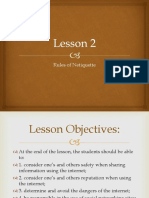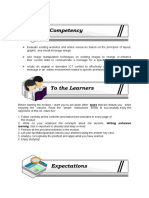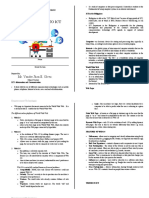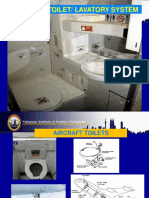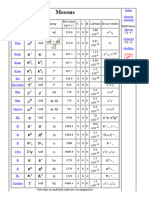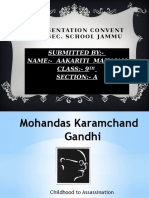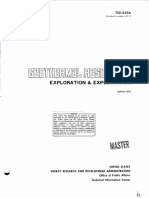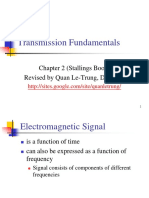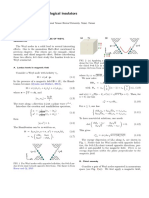100% found this document useful (1 vote)
30K views10 pagesETECH Module 1 Lesson 1 To 3
The document discusses empowerment technology and different generations of the world wide web. It defines empowerment technology as computer technology that enables tasks to be done with less cost, time and effort compared to the past. The document also explains key aspects of web 1.0, web 2.0 and web 3.0 as well as trends in information and communication technology.
Uploaded by
Dan Mark OmadleCopyright
© © All Rights Reserved
We take content rights seriously. If you suspect this is your content, claim it here.
Available Formats
Download as PDF, TXT or read online on Scribd
100% found this document useful (1 vote)
30K views10 pagesETECH Module 1 Lesson 1 To 3
The document discusses empowerment technology and different generations of the world wide web. It defines empowerment technology as computer technology that enables tasks to be done with less cost, time and effort compared to the past. The document also explains key aspects of web 1.0, web 2.0 and web 3.0 as well as trends in information and communication technology.
Uploaded by
Dan Mark OmadleCopyright
© © All Rights Reserved
We take content rights seriously. If you suspect this is your content, claim it here.
Available Formats
Download as PDF, TXT or read online on Scribd
/ 10





















